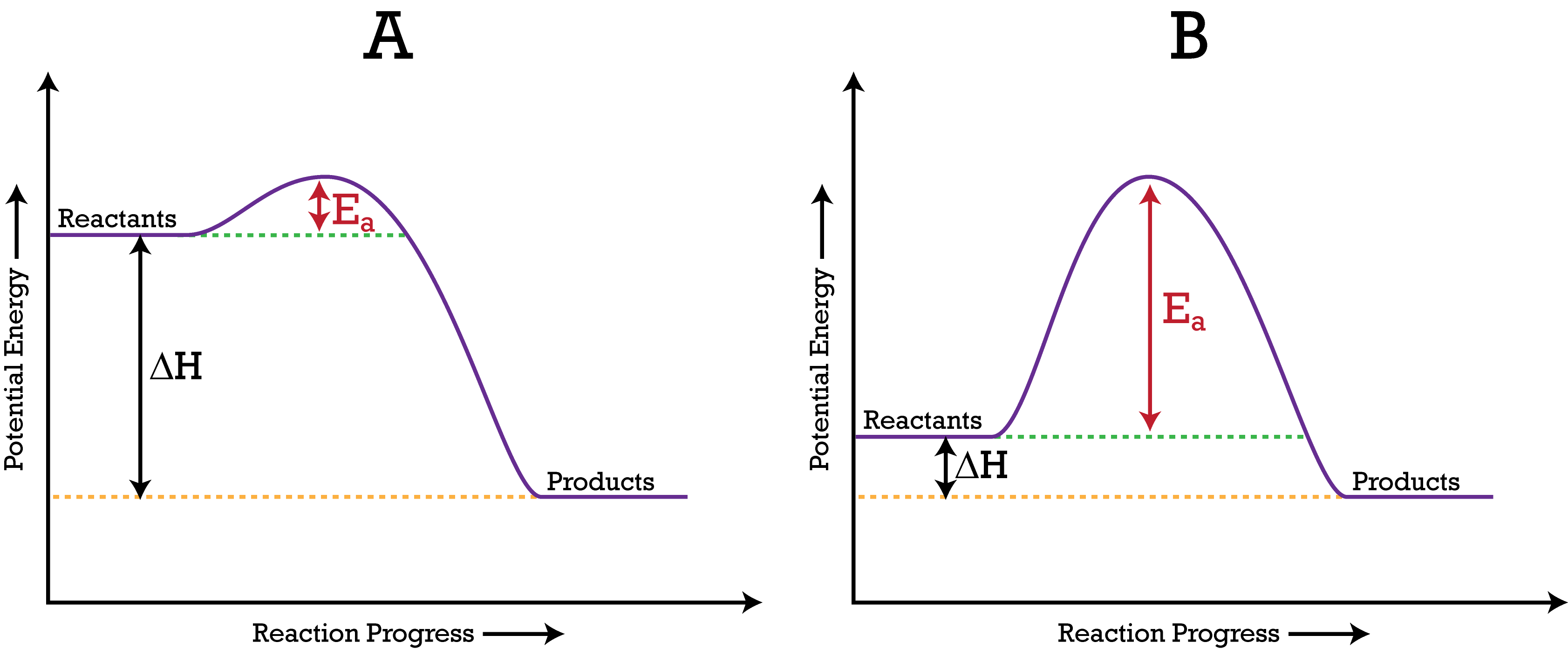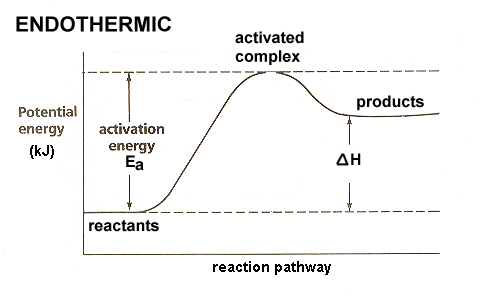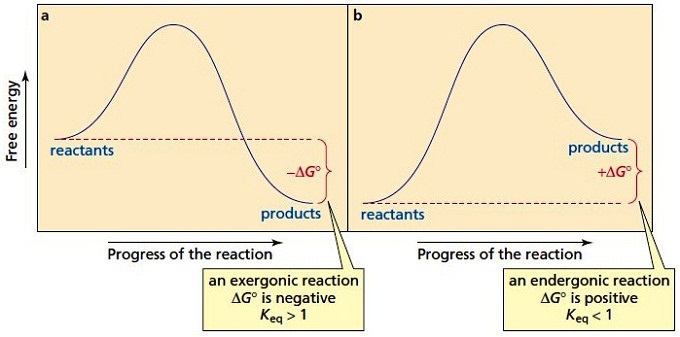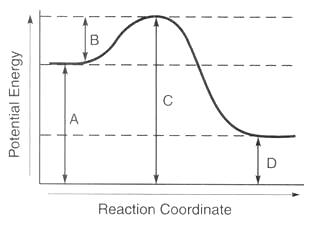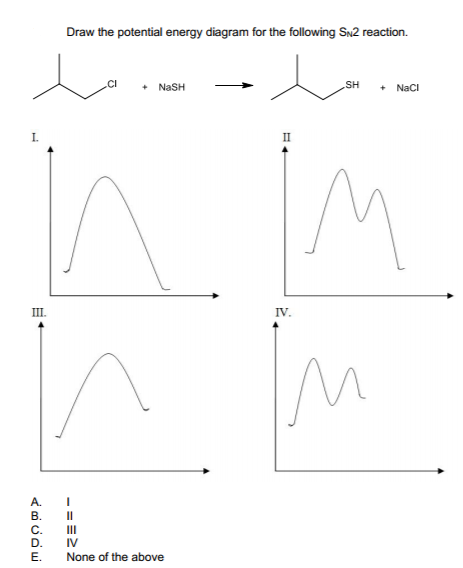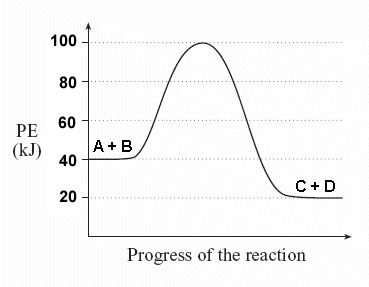Fine Beautiful Tips About How To Draw Potential Energy Diagram
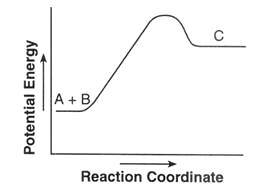
C 3 h 8 ( g ) + 5 o 2 ( g ) → 3 c o 2 ( g ) + 4 h 2 o ( g ) + 2 2 1 9.
How to draw potential energy diagram. How to draw the potential energy diagram for this reaction? C 3 h 8 ( g ) + 5 o 2 ( g ) → 3 c o 2 ( g ) + 4 h 2 o ( g ) + 2 2 1 9. On that same drawing, overlay the expected energy if you were to hold all degrees of freedom other than the.
To construct a graph of potential energy vs. A potential energy diagram shows the total potential energy of a reacting system as the reaction proceeds. In physics, the potential energy of an object depends on its position.
How to draw the potential energy diagram for this reaction? (a) in an endothermic reaction, the energy of the products is greater than the energy. Draw, and carefully label, a relaxed butane rotational reaction coordinate.
Shows how a potential energy diagram can be used to determine activation energy and enthalpy change (delta h) for forward and reverse reactions. Draw the potential energy diagram for the combustion of propane : How to draw the potential energy diagram for this reaction?
Select menu tools:options… , switch to graph tab and check the checkbox bar graph show zero values ( new checkbox in origin 2017 sr1 ). It shows you how to identify potential ener. Click here👆to get an answer to your question ️ how to draw the potential energy diagram for this reaction?draw the potential energy diagram for the combustion of propane :
In the present case we must. It also shows the effect of a catalyst on the f. Draw the potential energy diagram for the combustion of propane :







